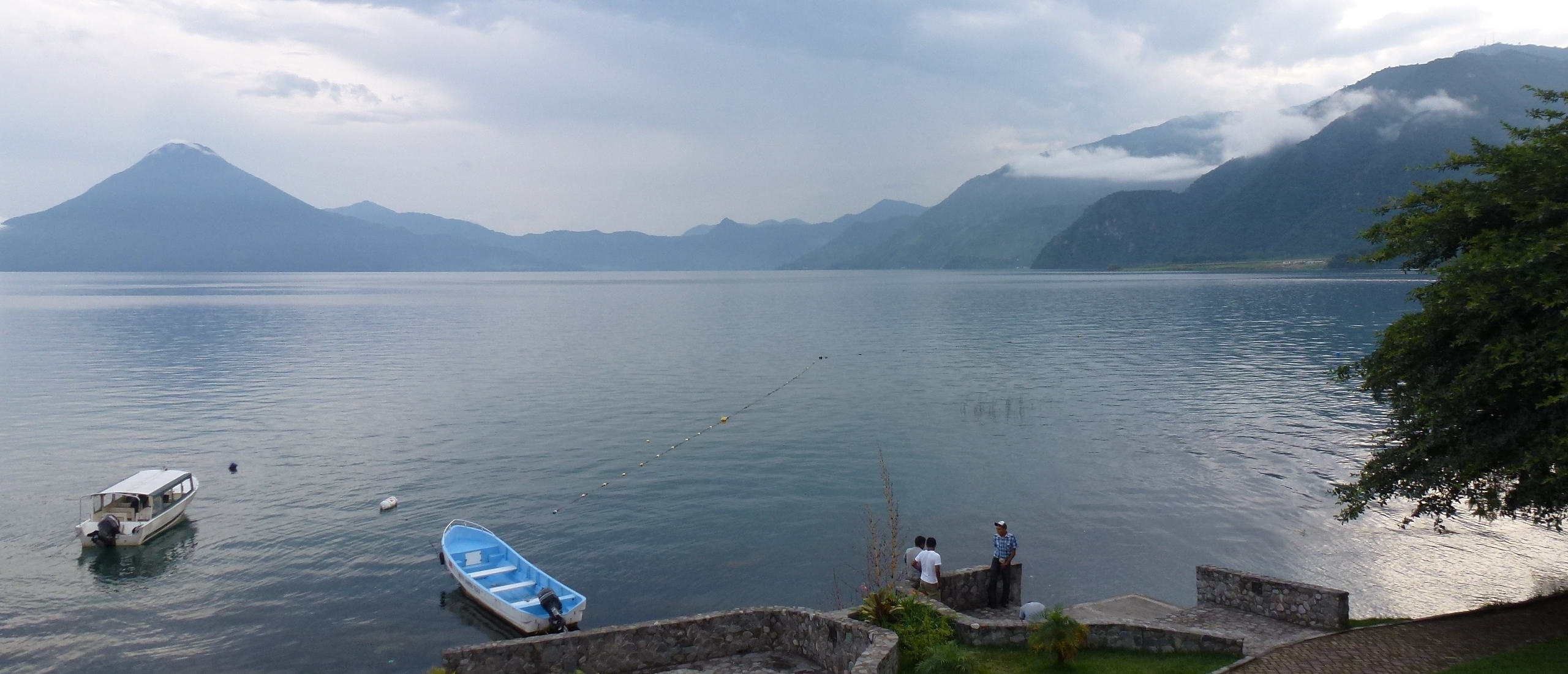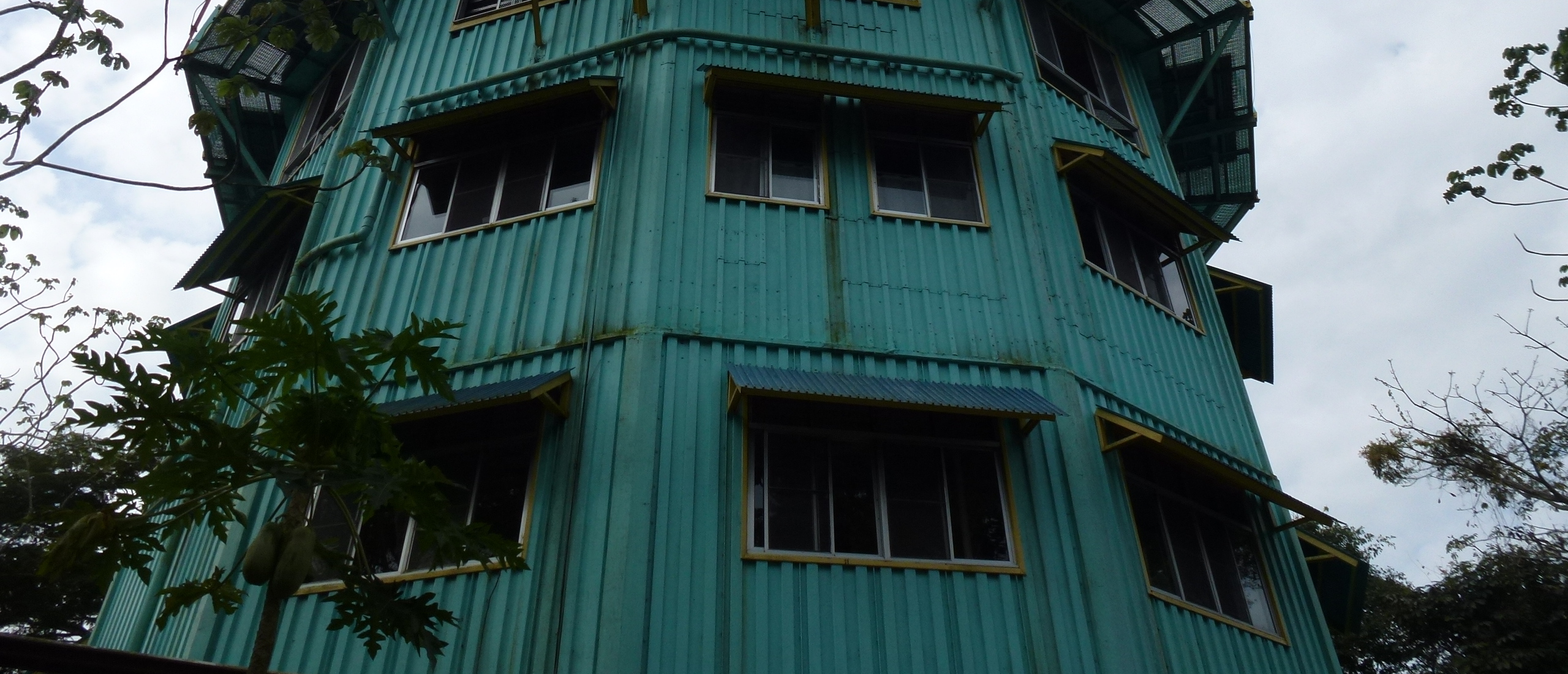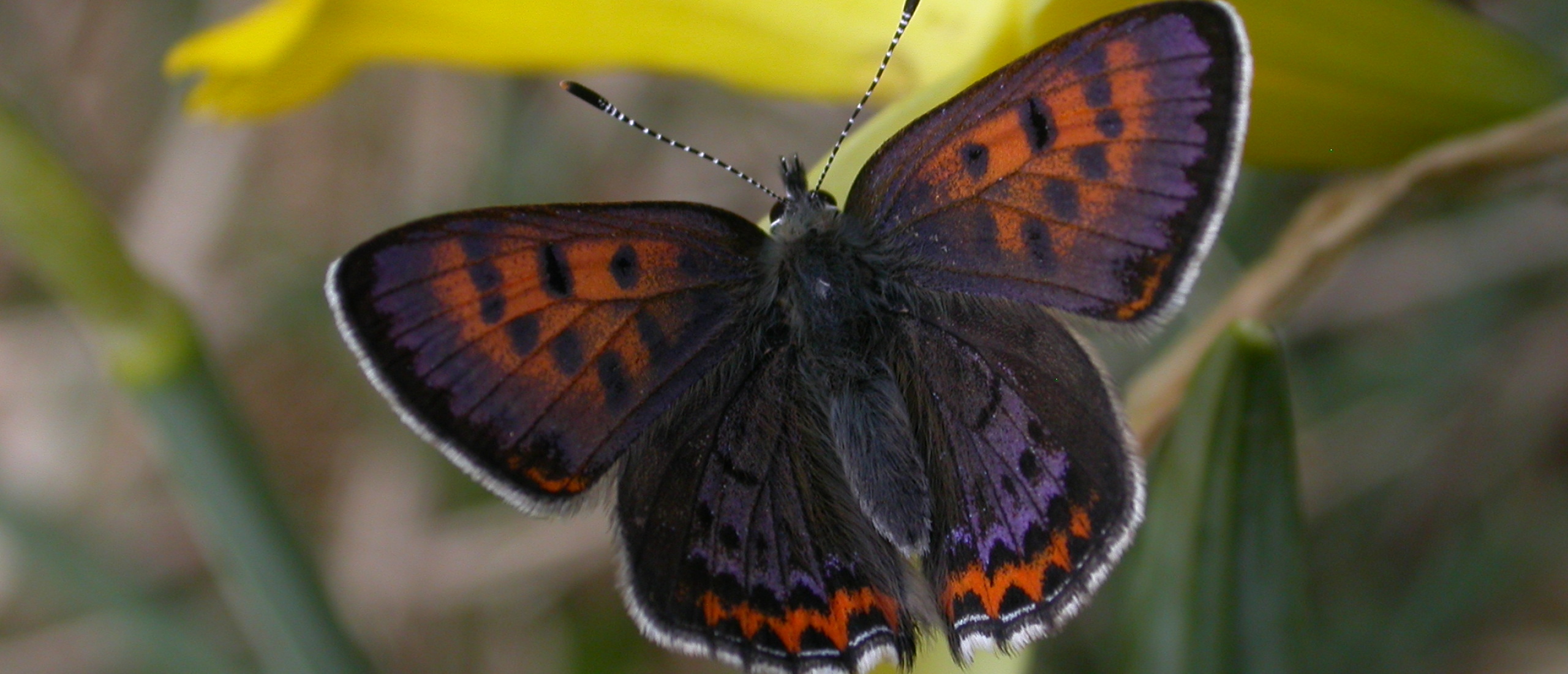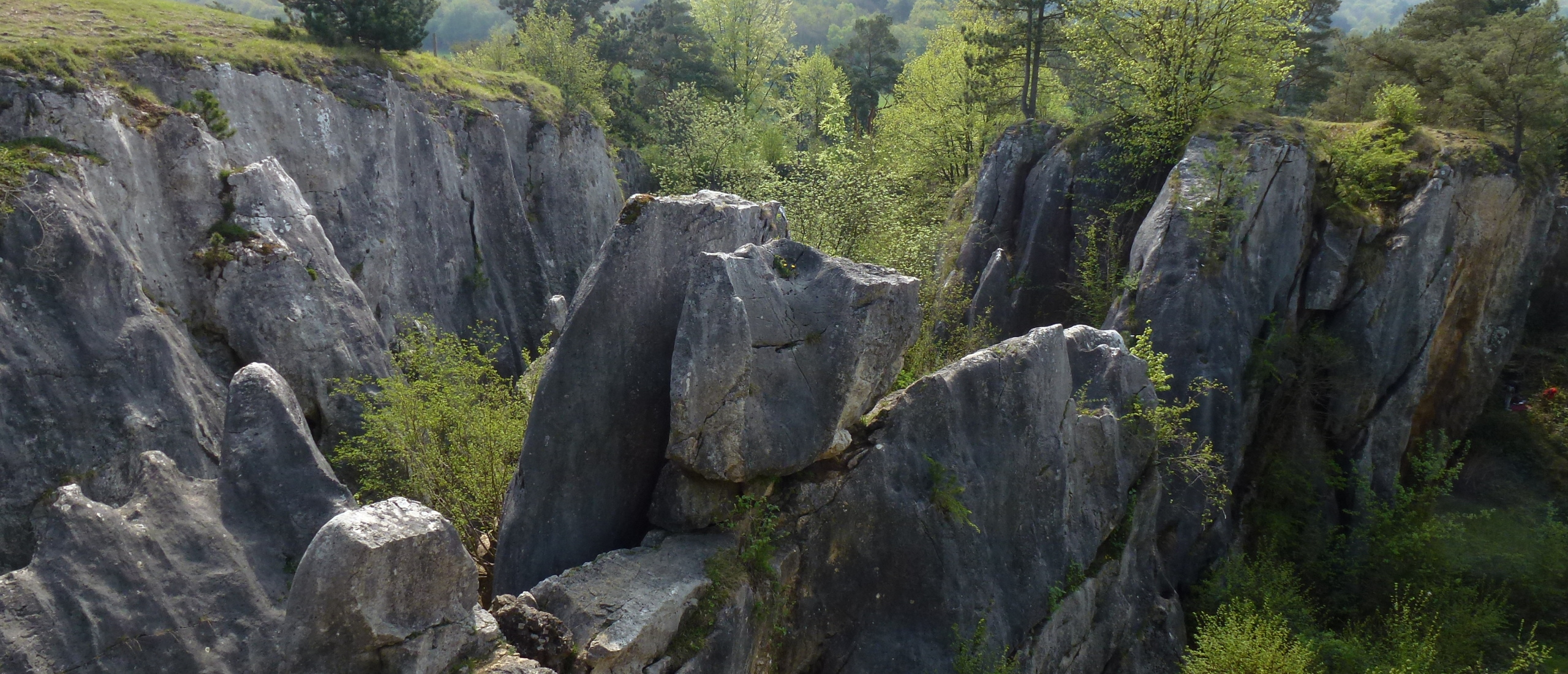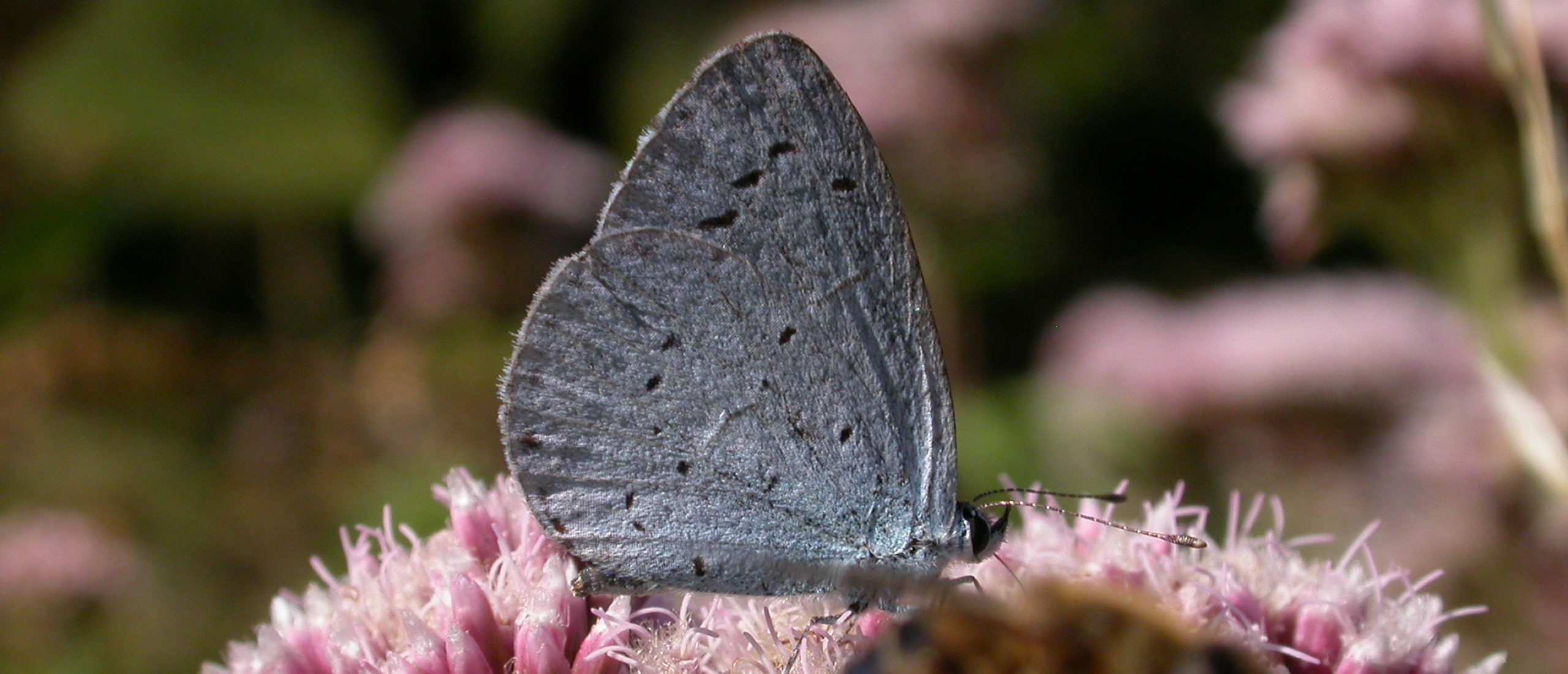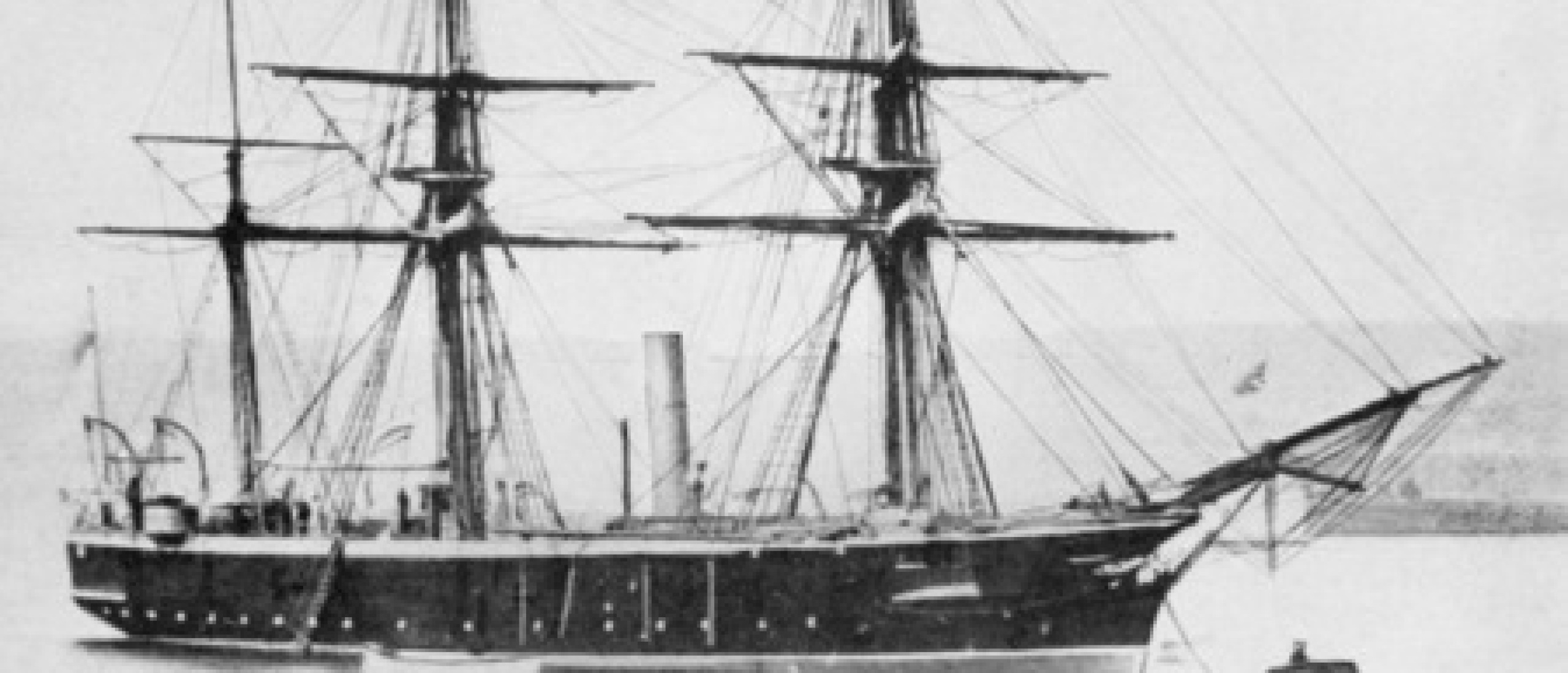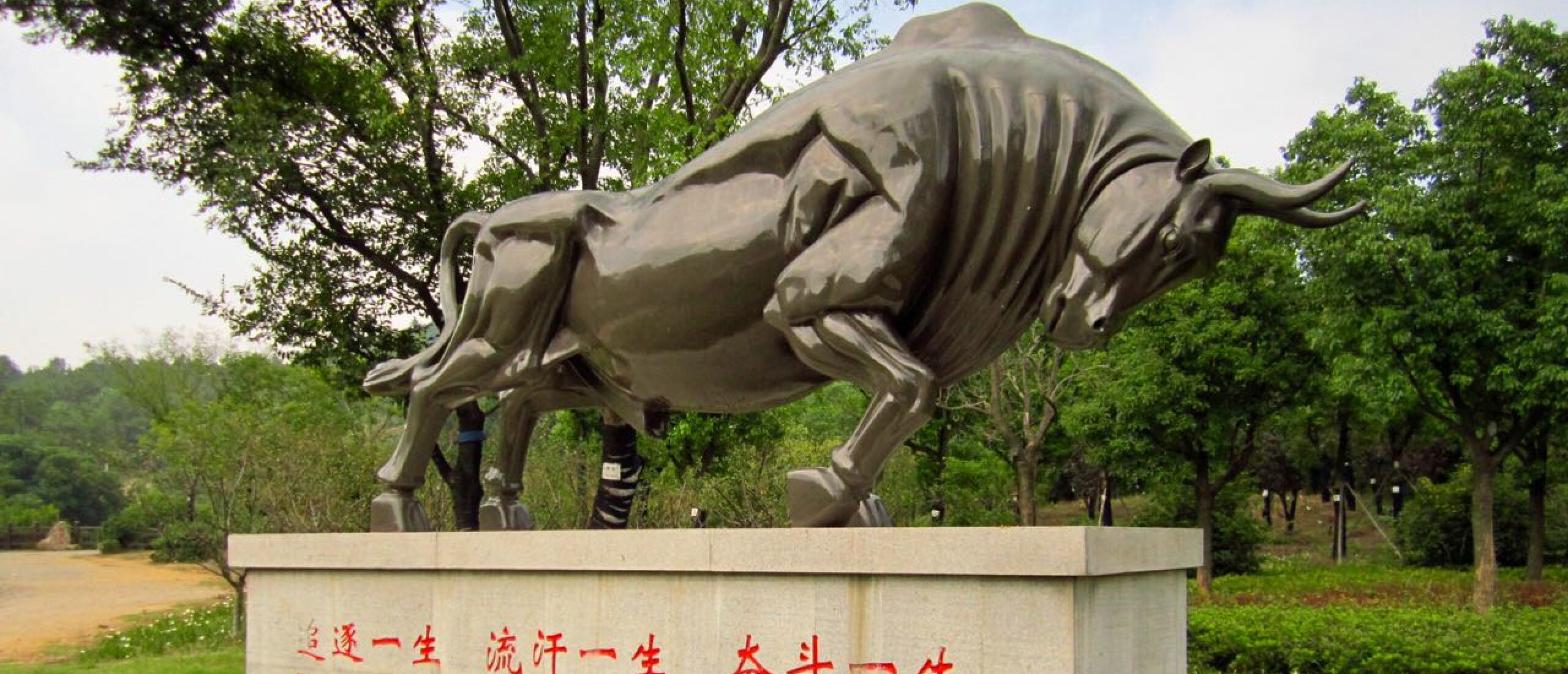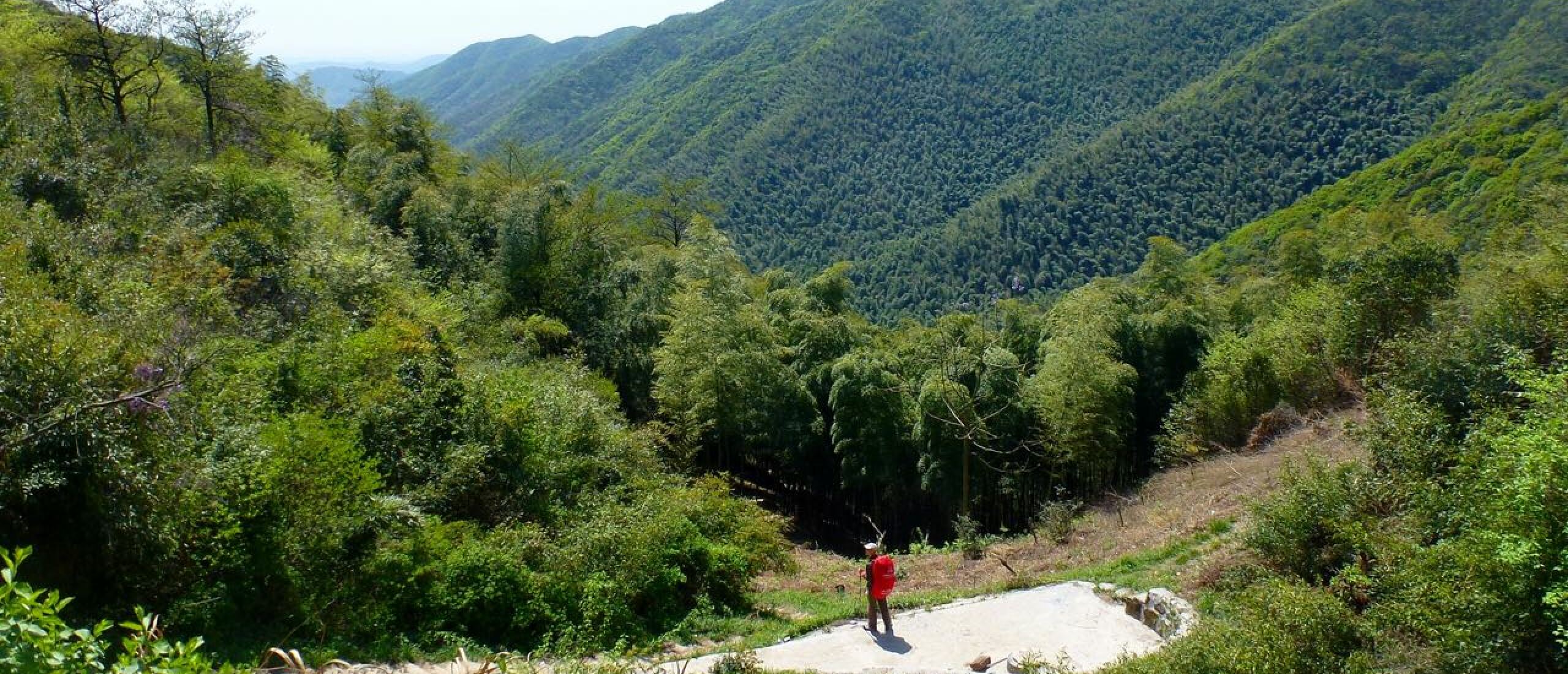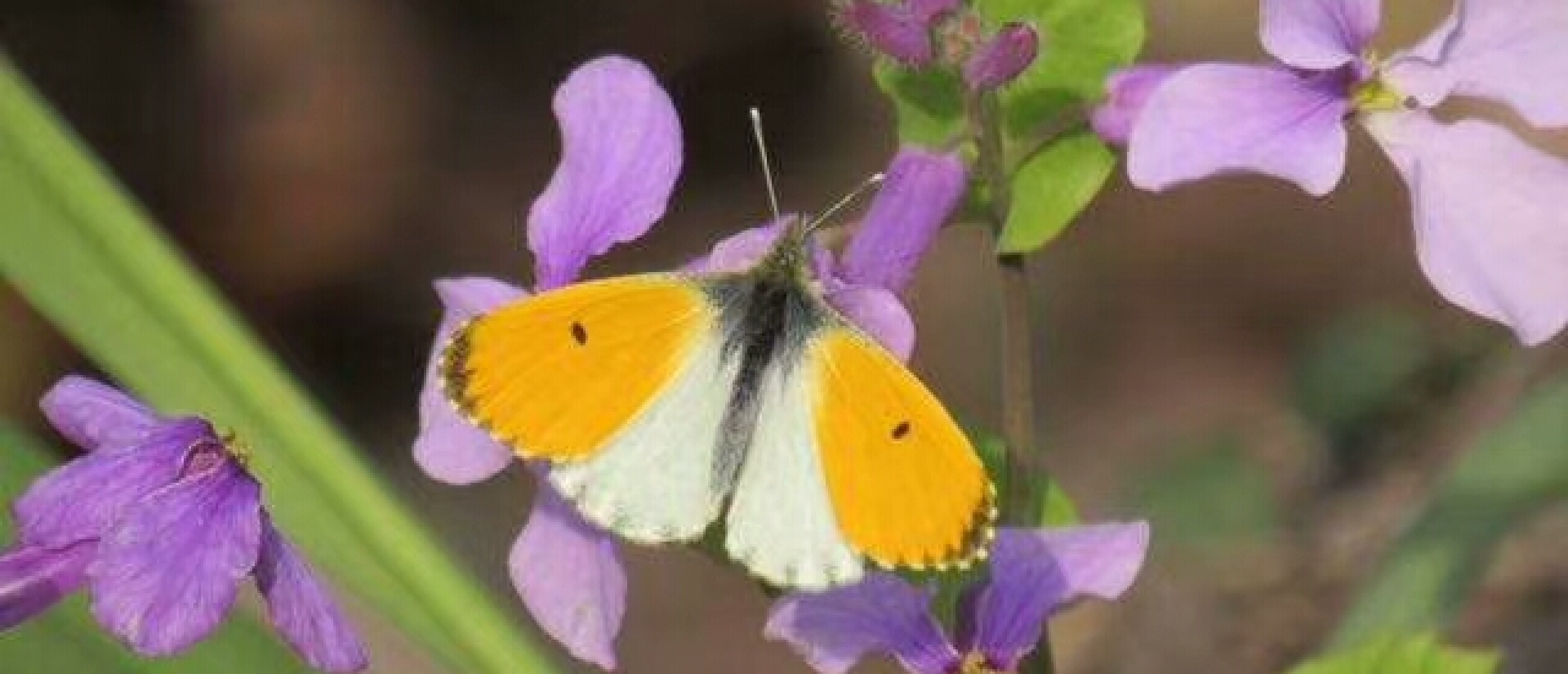
Orange-tips in China, and a link with my great grandfather During the past two years or so, my website has been quiet, neglected in some ways, but this does not mean that my travels in the footsteps of my naturalist ancestors has stopped, or that I have somehow lost interest in my forefathers. As many of my friends will know, I have been living and working in China since September 2017, and this has given me ample opportunities to enjoy the butterflies and birds of Jiangsu and Zhejiang Provinces, which my great grandfather’s brother-in-law J J Walker travelled extensively in while engaged in mapping the Chusan (now Zhoushan) archipelago in HM Surveying Ship Penguin in 1896. I wrote about his expedition to observe the tidal bore in the bay near Hangzhou in my post of 30th November 2018. This post is a less direct link, but it concerns one of my favourite Spring butterflies in China, the beautiful orange-tip Anthocharis bambusarum. Many European readers will be familiar with our regular Orange-tip butterfly, Anthocharis cardamines, which occurs right across Eurasia from the British Isles to Japan, where it is only found in the Southern (Minami) Alps. In that species, only the outer half of the forewing of the male is orange, whereas in this Chinese species, almost the entire forewing is orange.
 Anthocharis bambusarum, M, Zijishan, Nanjing, showing the entirely orange forewing
Anthocharis bambusarum, M, Zijishan, Nanjing, showing the entirely orange forewing
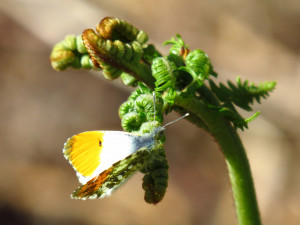 Anthocharis cardamines male, showing the half-orange forewing
Anthocharis cardamines male, showing the half-orange forewing
I first encountered this springtime gem along the foot of Purple Mountain, or Zijinshan, a splendid forest-covered hill, or indeed mountain, in the city of Nanjing, in March 2018. I had travelled on the fast train from Suzhou, my home city in China, to the capital of Jiangsu Province, specifically to search for the very special Papilionid butterfly Luehdorfia chinensis (see post of 18th March 2018). My rendezvous with the friends who were going to try to show me that species was at 12.00 noon, but I arrived too early and walked along the foot of the mountain, and almost immediately found a bright male of this delightful butterfly basking on one of its larval foodplants, the crucifer Orychophragmus violaceus, which is unusual in that it has both bluish-purple and white flowers, often appearing together. I was able to admire those bright, glowing orange forewings and familiarize myself with this butterfly, so similar in every other respect to our familiar Orange-tip of home.
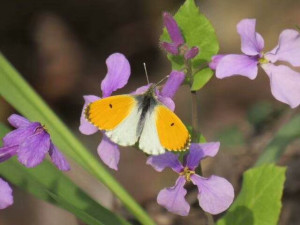 Here a male Anthocharis bambusarum poses on one if the species' larval foodplants
Here a male Anthocharis bambusarum poses on one if the species' larval foodplants
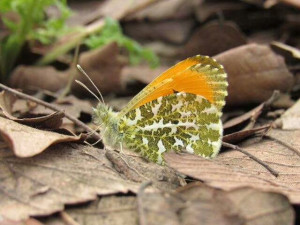 When both the underside and the orange can be seen, the butterfly reveals its full beauty
When both the underside and the orange can be seen, the butterfly reveals its full beauty
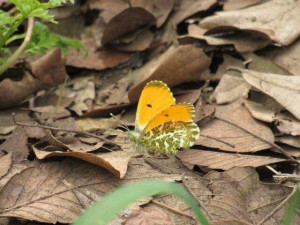 The orange forewings glow against the dead leaves
The orange forewings glow against the dead leaves
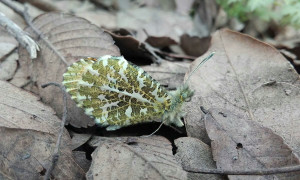 The underside pattern of Anthocharis bambusarum is beautifully subtle
The underside pattern of Anthocharis bambusarum is beautifully subtle
A couple of weeks later, I encountered it again while on a hiking trip to the east of Taihu, the great round lake that sits to the west of Suzhou. The species apparently does not occur to the east of the lake, and I have never encountered one anywhere near that city (see post of 13th April 2018).
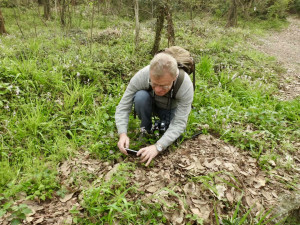 Anthocharis bambusarum seems easier to approach than its congener A. cardamines
Anthocharis bambusarum seems easier to approach than its congener A. cardamines
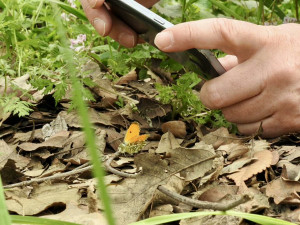 Here a male Anthocharis bambusarum poses for a phone shot
Here a male Anthocharis bambusarum poses for a phone shot
The following year I was delighted to see it in considerable numbers on all of my three Springtime visits to the Nanjing area, which included trips to Zijinshan, Laoshan and Baohuashan, so it is clearly not rare in the Nanjing area. On one occasion I even managed to get two basking males in one camera shot, as well as a mating pair.
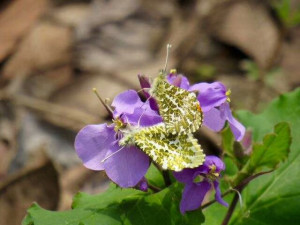 To find a mating pair of Anthocharis bambusarum was a stroke of luck
To find a mating pair of Anthocharis bambusarum was a stroke of luck
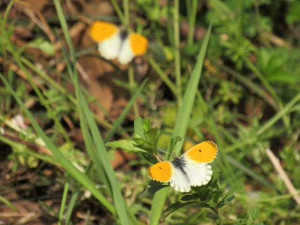 To get two male Anthocharis bambusarum butterflies in view at once was lucky
To get two male Anthocharis bambusarum butterflies in view at once was lucky
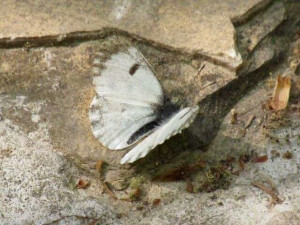 The female Anthocharis bambusarum lacks the orange altogether
The female Anthocharis bambusarum lacks the orange altogether
But it is not only the beauty of this butterfly that attracts me to it. It is a link to my great grandfather that brings it alive for me. The butterfly was first described for science by his great entomologist friend Charles Oberthűr, of Rennes, France, in 1875. The Oberthűr brothers Charles (1845 – 1924) and René (1852 – 1944), as well as their father Francois-Charles Oberthűr (1818 – 1893), were renowned entomologists, and my great grandfather used to visit them at their home in Rennes, where their family printing business was one of the major industries, to exchange insect stories and material.
Charles Oberthűr did not visit China so could never have had the pleasure of seeing this orange-tip on the wing, but he described it and many other Chinese butterflies from specimens sent to him by collectors, in the case of this butterfly, the renowned naturalist and Catholic missionary Abbé Armand David (1826 – 1900), known today for the Père David’s Deer, or Milu in Chinese, which he first described for western science. So the link with my family is tenuous, but it is there nonetheless, and I could not help but feel a special bond with this attractive oriental creature. Sadly the Covid-19 lockdown means that I shall not have the pleasure of observing it this Spring, but I shall hope nonetheless to see its more familiar congener, Anthocharis cardamines.
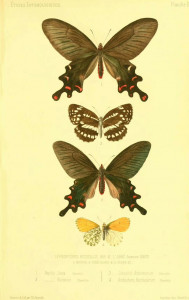 A plate showing some Chinese butterflies sent to Charles Oberthűr by Abbé Armand David
A plate showing some Chinese butterflies sent to Charles Oberthűr by Abbé Armand David
Just as an aside, the other common orange-tip in eastern China and Japan, Anthocharis scolymus, with its hook-tipped wings, is another attractive species, and one which does occur in Suzhou, where I have even seen it on several occasions on my university campus, although the obsession that the city authorities have with constantly mowing or strimming every grassy area means that its foodplants are unable to grow tall, which limits its population, along with that of so many other insects.
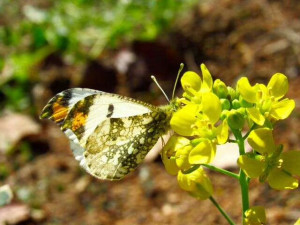 The male Anthocharis scolymus has only a small patch of orange on his hooked wingtip
The male Anthocharis scolymus has only a small patch of orange on his hooked wingtip
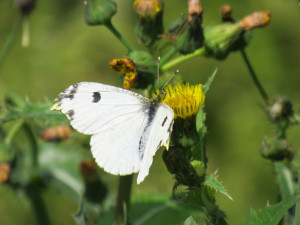 Anthocharis scolymus, female, showing the hooked wingtips
Anthocharis scolymus, female, showing the hooked wingtips
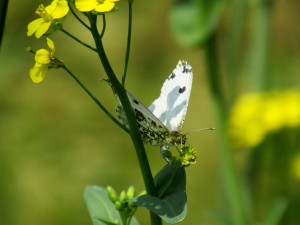 Anthocharis scolymus, F, laying an egg
Anthocharis scolymus, F, laying an egg
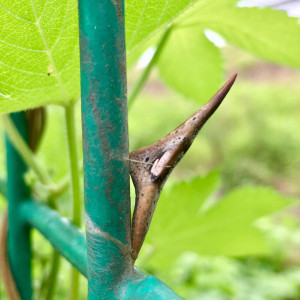 My friend Susan took this photograph of the pupa of Anthocharis scolymus in August 2018 in Suzhou
My friend Susan took this photograph of the pupa of Anthocharis scolymus in August 2018 in Suzhou



